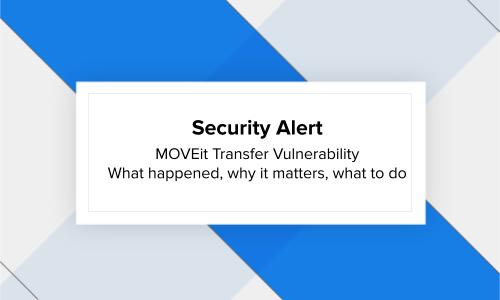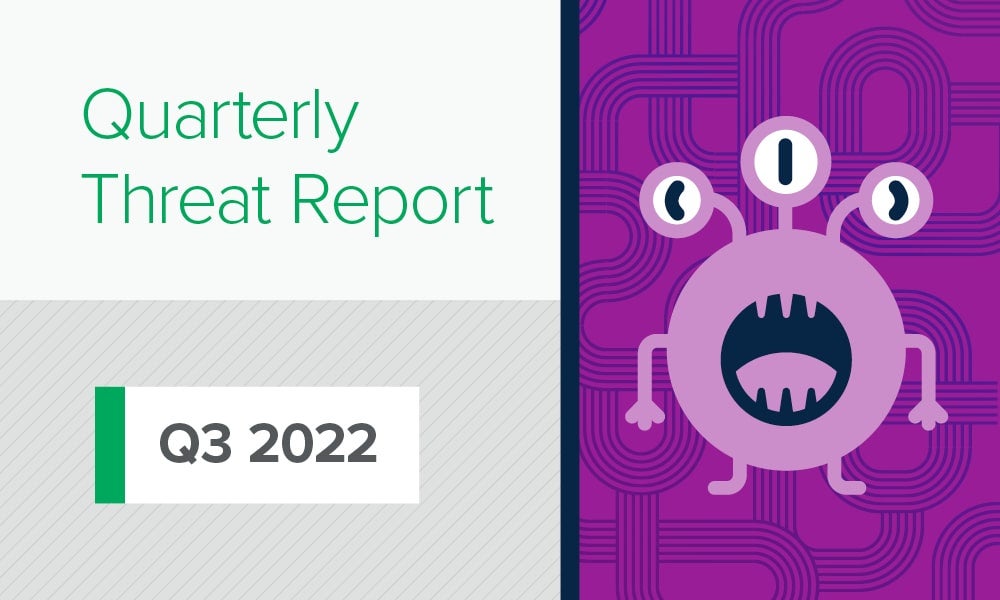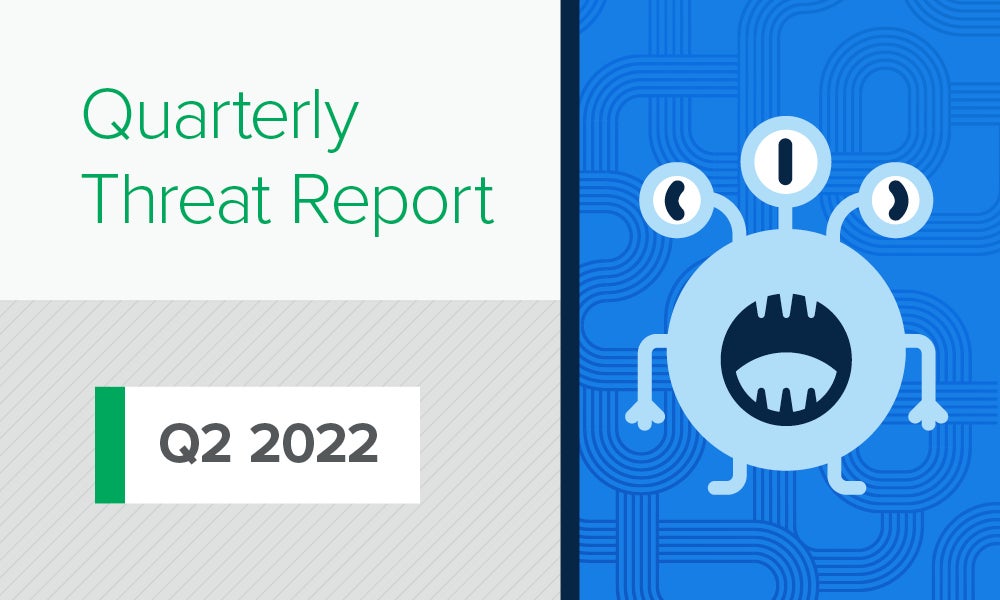Security operations · 2 MIN READ · EXPEL · JUL 25, 2025
On July 17, we published a blog post covering a recent incident we observed. On further review, we found our original findings are unsupported by the evidence.
We want to share what we got wrong and what we are doing to ensure this doesn’t happen again. We also want to thank the individuals that reached out to Expel to raise a concern and engage with us in the productive conversations that led us to re-investigate and correct the record.
What we got wrong
The original post described a new form of phishing attack that allowed an attacker to circumvent a FIDO passkey protected login. It stated that this attacker used cross-device authentication to successfully authenticate while not in close proximity to the authenticating client device.
The evidence does show the targeted user’s credentials (username and password) being phished and that the attacker successfully passed password authentication for the targeted user. It also shows the user received a QR code from the attacker. This QR code, when scanned by a mobile device, initiates a FIDO Cross-Device Authentication flow, which according to FIDO specification requires local proximity to the device which generated the QR code (the WebAuthn client). When properly implemented, without proximity, the request will time out and fail.
So, at the time of the original post, Expel believed the attacker successfully completed the authentication workflow, resulting in access to protected resources. After discussing these findings with the security community, we understand that this is not accurate. The Okta logs show the password factor passing successfully, but all subsequent MFA challenges failed and the attacker is never granted access to the requested resource.
What we’re doing
We recognize that an attempted attack of this magnitude merits additional scrutiny beyond our typical technical blog review process.
We’re conducting a thorough review of our technical review processes. To enable proper scrutiny of our analysis, future posts will also include clear and transparent evidence alongside our findings.
In conclusion
Thank you for reading this far. We appreciate all of you and all the community members that have engaged with us. We especially appreciate the engagement from the FIDO Alliance and are happy to have the opportunity to clear up the misunderstanding we created. We value the defender community and know we missed the mark on this blog post. Thank you for allowing us the chance to fix it and thank you for the continued support.
We deeply apologize for any negative impact our mistake caused. Expel is committed to improving so it doesn’t happen again.






